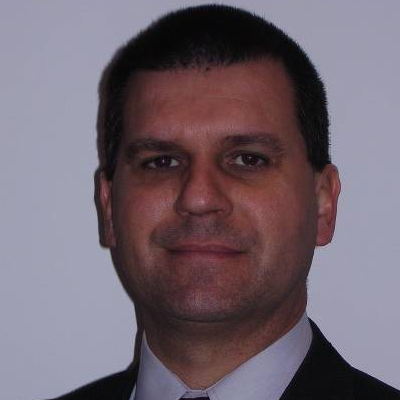Multi-Material Additive Manufacturing for Advanced High-Tech Components
A special issue of Materials (ISSN 1996-1944). This special issue belongs to the section "Advanced Materials Characterization".
Deadline for manuscript submissions: closed (20 July 2023) | Viewed by 2895
Special Issue Editors
Interests: additive manufacturing; laser powder bed fusion; selective laser melting; multi-material design; metal-based solutions
Interests: multi-material/physics/functional/scale materials; selective laser melting; mechanical engineering
Special Issues, Collections and Topics in MDPI journals
Special Issue Information
Dear Colleagues,
Nature offers countless examples of exceptional materials with light weight, smart surfaces, multi-material/functional components, ultra-strong resistance and duration, self-healing, self-cleaning, sensoring zones, actuating and communicating systems, and different zones with different functions and property combinations. All of this in a sustainable way. Contrarily to nature, human traditional strategies and inventions, both from process and products point of view, use brute force such as mining ancient carbon and heavy and inefficient single and inanimate material (like brick, steel, and glass) solutions with unoptimized architectures.
The world continues to use natural resources unsustainably and it is clear to the United Nations that we need to protect the planet from degradation and to start manufacturing highly efficient products using highly efficient processes (do more and better with less). We need disruptive and revolutionizing approaches for reducing manufacturing times, energy consumption, material waste, and CO2 emission, and this is absolutely crucial for present and future generations. A truly radical shift in components concepts is necessary, and we should move from heavy, static, rigid, and unoptimized single materials to lightweight, multi-functional, high-efficient, dynamic, and adaptable materials which are tunable for on-demand performance. All of this following a transversal sustainable strategy with less material and energy for achieving highly efficient and long-lasting solutions.
Advanced Additive Manufacturing (AM) technology can be further explored to revolutionize our conception/understanding of materials and structures. These strategies can allow us to evolve from utilizing mono-material to multi-material components, from mono-scale to multi-scale added parts, and from limited geometries to almost any geometry, thus creating unique solutions not possible using conventional manufacturing strategies or design philosophies. These multi-material/multi-functional products may revolutionize our ability to create products with a multi-functional response in a single-components and also to control and precisely program materials from idea-conception to printing shape-changing transformations. Additionally, the potential of smart materials such as shape memory alloys, piezoelectric materials magneto-rheological materials, and electro-rheostat materials combined with AM design freedom is huge, and offers a new range of diversified solutions for several engineering challenges.
This Special Issue provides an opportunity to explore this concept of multi-functional components manufactured by Additive Manufacturing and boost further scientific progress. In this Special Issue, we welcome reviews, articles, and short communications that focus on metal-based advanced high-tech components via additive manufacturing. We cordially invite you to submit your contribution to this issue, whose topics include, but are not limited to, the following (experimental and numerical studies are welcome):
- Advanced Additive Manufacturing strategies;
- Laser Powder-Bed-Fusion;
- Metal-based multi-material design
- Nature inspired architectures and solutions by AM;
- Multi-functional components;
- Smart materials;
- Topological optimization and high-efficient solutions.
Dr. Flavio Bartolomeu
Prof. Dr. Filipe Samuel Correia Pereira da Silva
Guest Editors
Manuscript Submission Information
Manuscripts should be submitted online at www.mdpi.com by registering and logging in to this website. Once you are registered, click here to go to the submission form. Manuscripts can be submitted until the deadline. All submissions that pass pre-check are peer-reviewed. Accepted papers will be published continuously in the journal (as soon as accepted) and will be listed together on the special issue website. Research articles, review articles as well as short communications are invited. For planned papers, a title and short abstract (about 100 words) can be sent to the Editorial Office for announcement on this website.
Submitted manuscripts should not have been published previously, nor be under consideration for publication elsewhere (except conference proceedings papers). All manuscripts are thoroughly refereed through a single-blind peer-review process. A guide for authors and other relevant information for submission of manuscripts is available on the Instructions for Authors page. Materials is an international peer-reviewed open access semimonthly journal published by MDPI.
Please visit the Instructions for Authors page before submitting a manuscript. The Article Processing Charge (APC) for publication in this open access journal is 2600 CHF (Swiss Francs). Submitted papers should be well formatted and use good English. Authors may use MDPI's English editing service prior to publication or during author revisions.
Keywords
- additive manufacturing
- laser-based technologies
- powder-bed-fusion
- multi-material
- multi-functional
- multi-physics
- multi-scale
- high efficiency
- sustainability
- high thermal efficiency
- advanced high-tech components
- advanced manufacturing strategies
- hybrid fabrication







